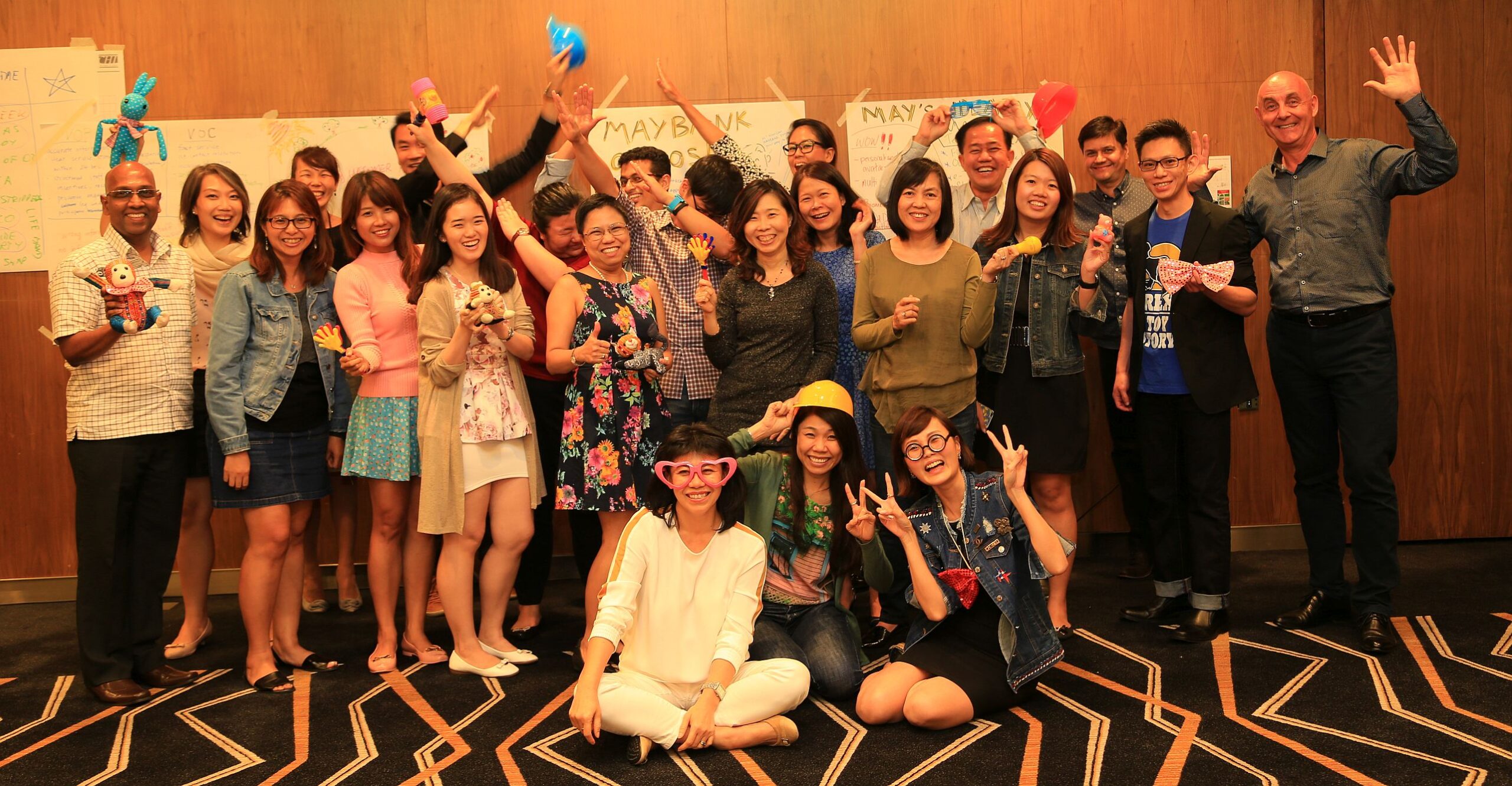The Innovative Leader Survey (ILS) is designed to examine 11 leadership behaviours in the factors Head, Heart and Hand.
And, it uses a 7-point Likert scale on 31 statements.
In conclusion, with the information presented in ILS, it is easy to craft an individual development plan per employee. Hence, after implementing the development plan, a higher IWB of the leader’s staff is likely to be achieved.





